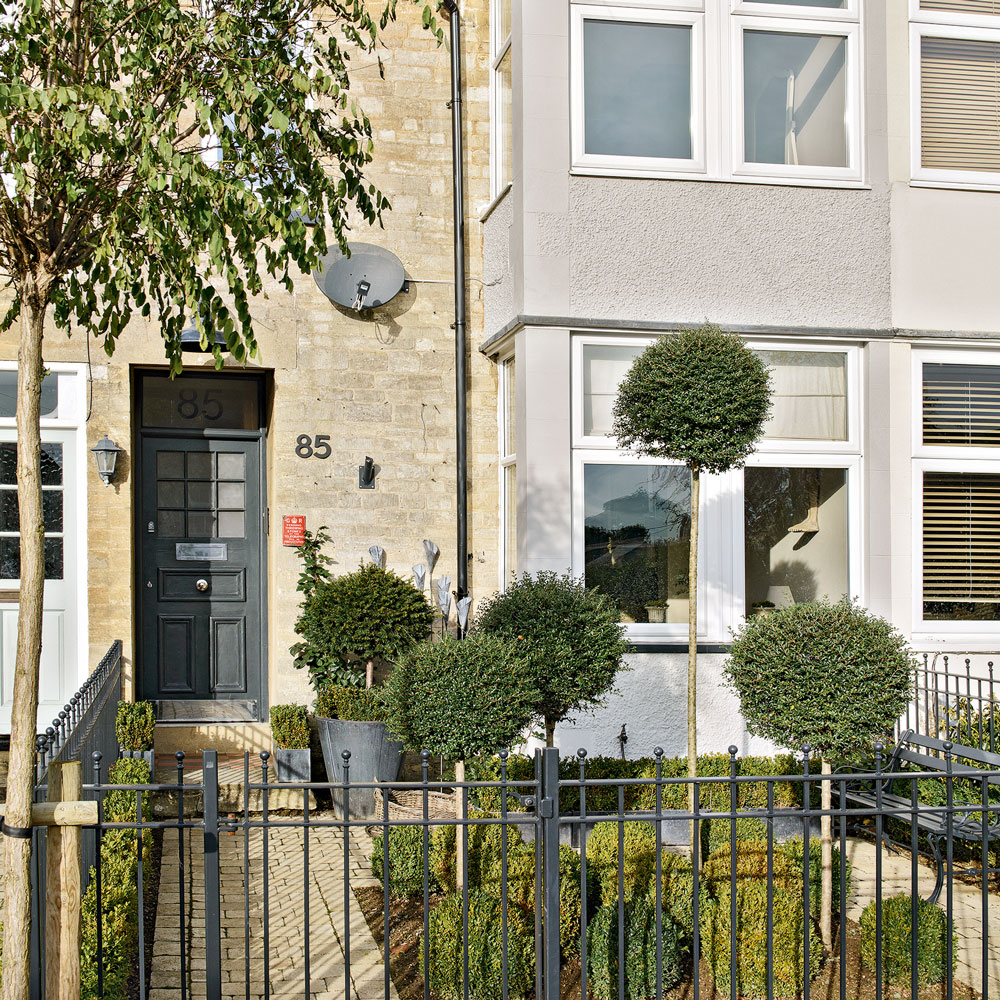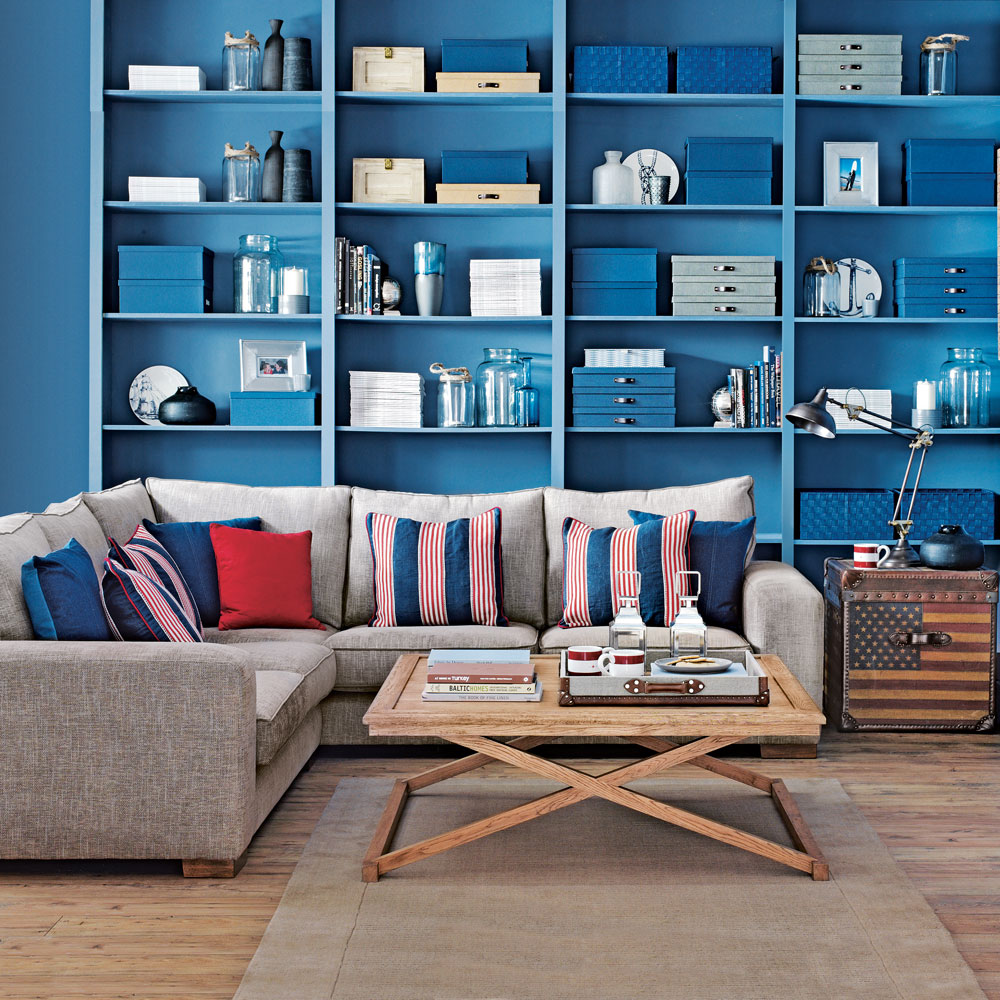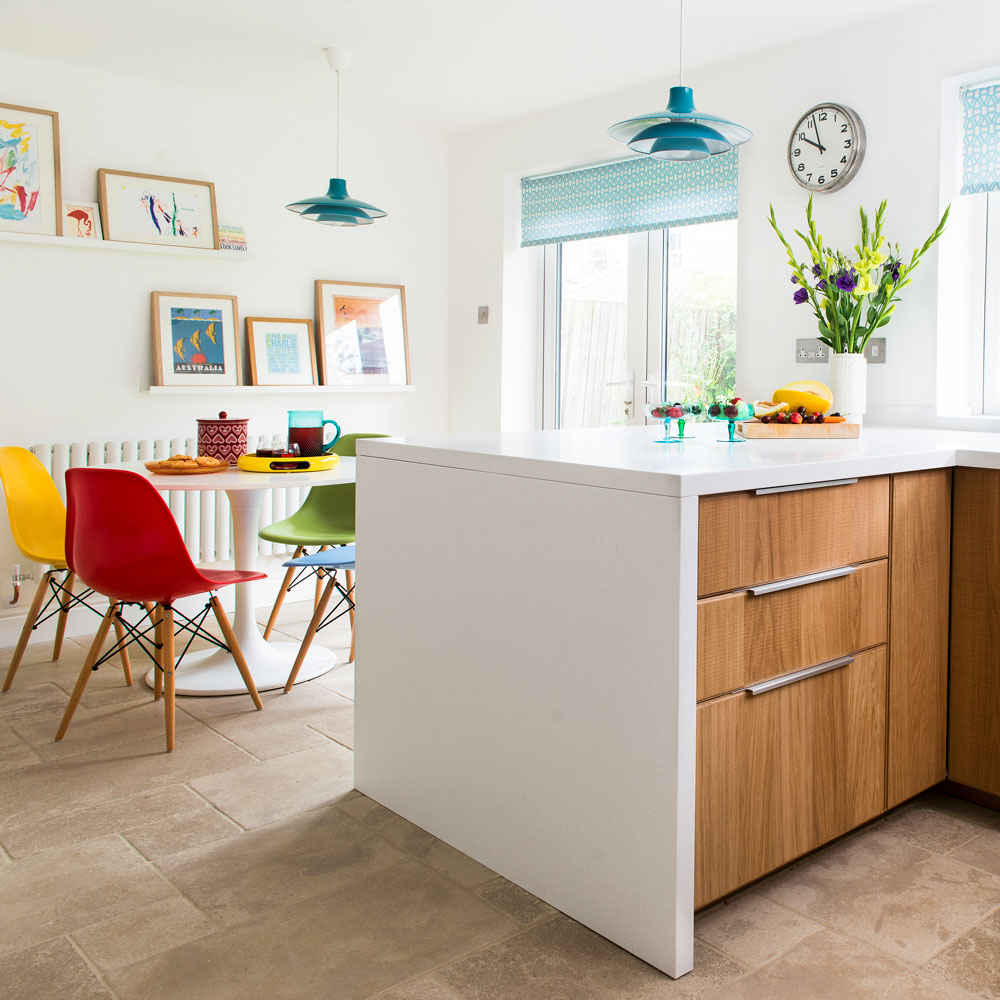Are you a beanpole, sandwich or boomerang family? It’s all about how you live
Our homes are having to work much harder
The UK's property market is continually changing with anything from spiralling house prices and care needs of both the younger and older generation making Brits re-think their home set ups.
Related: First-time home buyer guide – how to get on the property ladder for the first time
Now research by online marketplace eBay has revealed that the 'traditional family home' has morphed into several new guises, with just under half (47 per cent) of Brits revealing that they are living or have lived at some stage in one of the new household types described below:

Some of the key drivers behind this shift include adult children not being able to afford living on their own (34 per cent) and elderly relatives either not having the financial or physical means to live alone (12 per cent).
And the while the set ups above can be mutually beneficial for all concerned, 38 per cent per cent of Brits living in a ‘cram-ily’ (many generations living in a single household) outlined that this changing family structure has come at a cost. They revealed that they had spent an average of £333 (but up to £5,000) on completing home renovations in order to make their homes match their growing needs.

These changes can include anything from converting an extra reception room into an additional bedroom to tweaking decor so that it better reflects the interior tastes of all household members.
Further figures from the study showed that those living in non-traditional households want architects and interior designers to take modern family living situations into account when planning new homes. This includes developing housing (66 per cent) and interiors (56 per cent) that are modular and easily adaptable to the coming and going of different generations.
Sign up to our newsletter for style inspiration, real homes, project and garden advice and shopping know-how
The above seems even more important when you consider the fact that 62 per cent of those questioned think that rising living costs will mean that the majority of the UK will live in an unconventional family set up in the years to come.

Commenting on the research, Professor Jane Falkingham, said: 'Over the past decade multi-family households have been the fastest growing household type, although this still only represents a small proportion of all households. Across the life course, more people will experience living in a non-traditional family at some stage of their lives. In early adulthood, more young people today are sharing households with friends; more are also returning to live with parents after finishing education.
'In mid-life, more people are finding themselves sandwiched between continuing to provide support for their adult children – and caring for their grandchildren – whilst also caring for their frail older parents. And in later life, although many younger elders are fit and healthy, increases in life expectancy mean that more of us are surviving into our 80s and 90s, with the result that some of us will need to either adapt our homes to remain living independently, or will need to move in with relatives or friends.'
Related: Equity release – a guide to accessing the cash tied up in your home
Do you live, or expect to live, in one of the household types above?